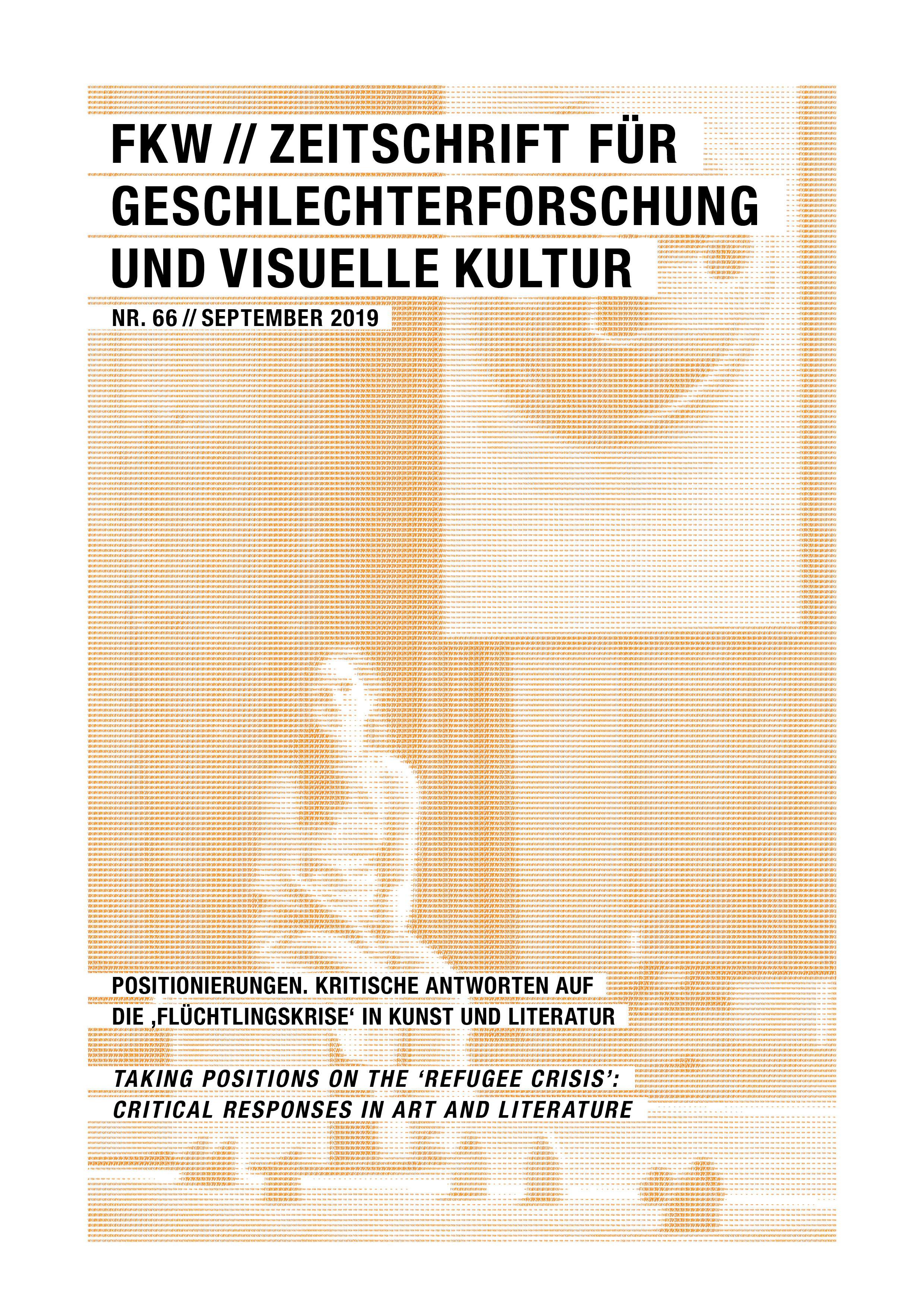Escaping the Echo Chamber: Perspectives on Immigrant Representations in the Exhibition Space
DOI:
https://doi.org/10.57871/fkw6620191474Abstract
As a growing number of artists and curators have been using their works to express concern regarding the renewed discourse on migration in Europe, representations of migrant people have become more frequent in cultural institutions. The focus put on the figure of the migrant however raises some questions, notably concerning the ethics of representation. Indeed, while a strong focus is put on individual testimonies, the narrativisation of migrants’ experiences simultaneously runs the risk of invisibilising the broader contemporary border control systems, central to the functioning of migrations today. Works designed to produce empathetic reactions in the viewer through testimonies might paradoxically contribute to the silencing of migrants’ claims, while also failing to address the specific bureaucratic processes used by migratory control systems, at play in the making of what news media have been calling the ‘refugee crisis’ since 2015. In order to discuss and question current issues with the ways migrations tend to be represented, as well as possibilities for different representations, this paper will analyze and compare two artworks: Libia Castro and Olafur Olafsson’s audio sculpture Bosbolobosbocoand Lawrence Abu Hamdan’s Conflicted Phonemes, displayed at the 2016 exhibition Voices Outside the Echo Chamber: Questioning Myths, Facts and Framings of Migration, at the Framer Framed Gallery in Amsterdam in 2016. As the two works present radically different perspectives on the representation of migrations and migrant people, this article will propose a critical understanding of the different strategies they adopt, and how such strategies might impact social praxis.
Downloads
Veröffentlicht
Ausgabe
Rubrik
Lizenz
Copyright (c) 2019 FKW // Zeitschrift für Geschlechterforschung und visuelle Kultur

Dieses Werk steht unter der Lizenz Creative Commons Namensnennung - Nicht-kommerziell - Keine Bearbeitungen 4.0 International.
Die Autor_innen behalten das Copyright und treten keine exklusiven Nutzungsrechte an FKW ab.
Ab 2017 erscheinen alle Texte von FKW // Zeitschrift für Geschlechterforschung und visuelle Kultur unter der LizenzCC-BY-NC-ND Lizenz 4.0 International (Creative Commons, Namensnennung, Nicht Kommerziell, Keine Bearbeitung 4.0 International). Der Lizenzvertrag ist abrufbar unter: https://creativecommons.org/licenses/by-nc-nd/4.0/legalcode.de, eine allgemein verständliche Fassung unter: https://creativecommons.org/licenses/by-nc-nd/4.0/deed.de
Von 2013 bis 2016 sind alle Texte von FKW // Zeitschrift für Geschlechterforschung und visuelle Kultur unter der Digital Peer Publishing Lizenz (DPPL) erschienen. Der Lizenztext ist im Internet abrufbar unter der Adresse: http://nbn-resolving.de/urn:nbn:de:0009-dppl-v2-de3
Die Abbildungen in Ihrem Beitrag
Die Autor_innen verpflichten sich, die Abdruckgenehmigung für die in ihren Texten verwendeten Bilder bei der jeweiligen, die Bildrechte verwaltenden Institution einzuholen und die zuständige Herausgeberin über das Ergebnis zu informieren. Wir weisen darauf hin, dass die Verwendung von Bildern in wissenschaftlichen Texten gewöhnlich als Zitat angesehen und entsprechend kostenfrei gewährt wird.





